Jade plants, also known as Crassula ovata, are popular houseplants native to South Africa. They are loved for their beautiful, glossy leaves and ability to live for many years with minimal attention. Jade plants are often considered a good luck symbol, making them a popular choice for homes and offices. In this article, we explore the history, cultural significance of Jade plants, the different varieties and cultivars available, and how to care for them to ensure they thrive in your home.
Table of Contents
History and Cultural Significance of Jade Plants
Jade plants have a rich cultural history, particularly in China, where they are known as the “money trees”“. According to Chinese folklore, a poor farmer who cared for a Jade plant was rewarded with a large sum of money, thus the plant became a symbol of prosperity and good fortune. As a result, Jade plants are often given as gifts during Chinese New Year or other occasions. Jade plants also have a history of medicinal use. In Chinese medicine, the leaves of the plant are used to treat conditions such as warts, corns, and skin infections. The plant is also believed to have spiritual benefits, and are used to ward off evil spirits and promote positive energy in the home.
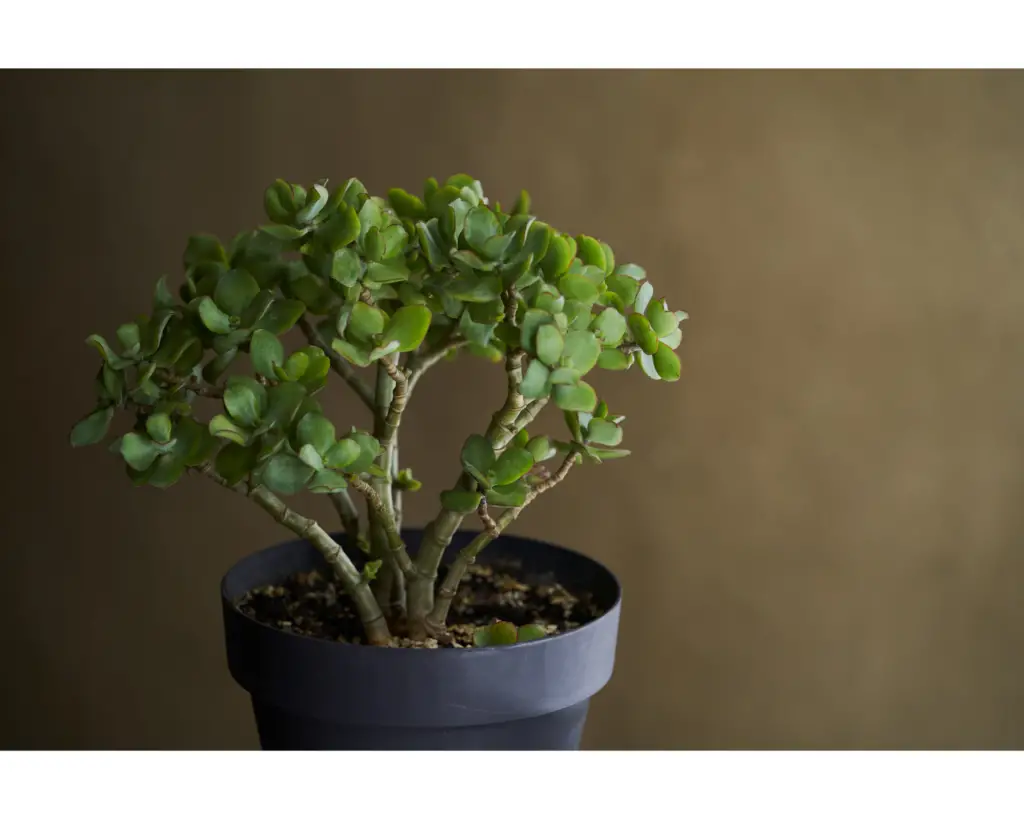
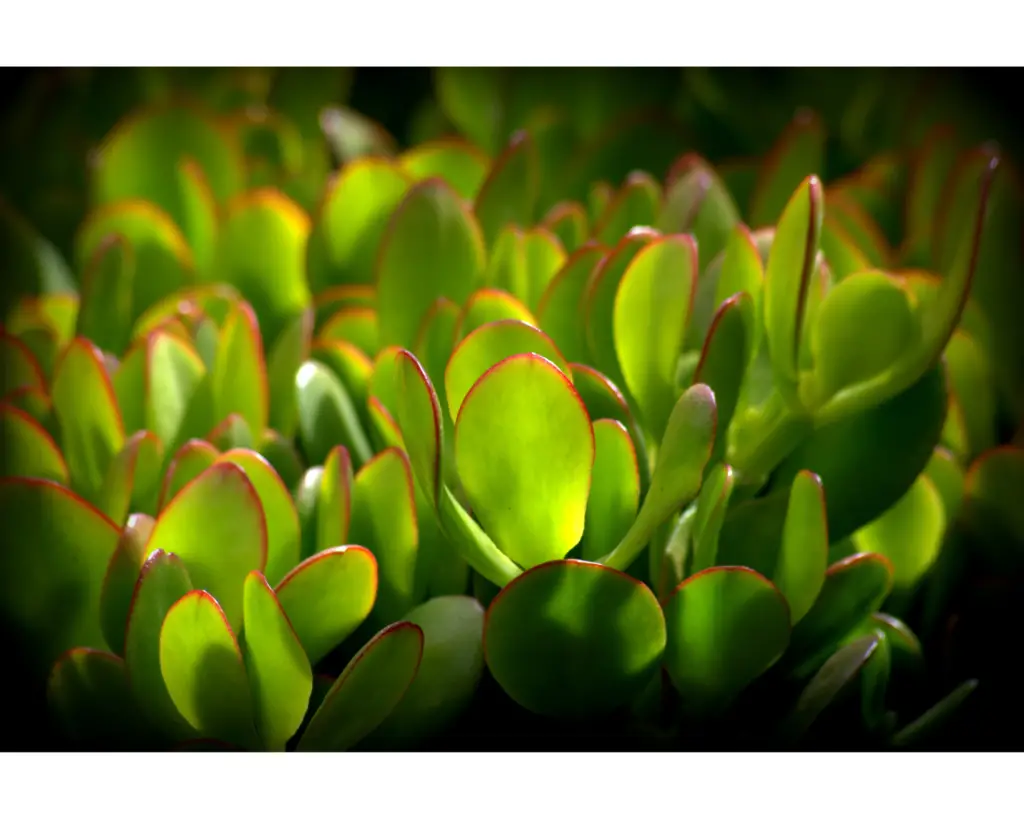
Varieties and Cultivars of Jade Plants
Jade plants are part of the succulent family, which means that water is stored in their leaves and stems to survive long periods of drought. There are several varieties and cultivars of Jade plants available, each with unique characteristics that make them stand out. One of the most common types of Jade plant is the classic green Jade plant, which has thick, glossy leaves and a woody stem. This variety can grow up to three feet tall (under one metre) and is pruned to maintain a more manageable size. Another popular cultivar is the variegated jade plant, which has leaves that are a mix of green and white. This variety is often more compact than the classic green jade plant and is prized for its unique colouring.
There are also several other cultivars of Jade plant available, such as the “Hobbit” Jade plant, which has curled leaves that resemble a hobbit’s ear. This variety is smaller than the classic green Jade plant and is often grown in bonsai form. The “Gollum” Jade plant is another cultivar with unusual leaves that are tubular and pointed, similar to the character from J.R.R. Tolkien’s “The Lord of the Rings.”
How to Care for Jade Plants
Jade plants are known for their easy care, making them an ideal houseplant for beginners or those with a busy lifestyle. Here are some tips for ensuring your jade plant thrives in your home:
Light, Humidity and Temperature
Jade plants need bright, indirect light to grow properly. They can tolerate some direct sunlight, but too much can burn the leaves. If your jade plant starts to develop brown spots on its leaves, it may be getting too much sun. Jade plants can tolerate low humidity levels, but they may benefit from an occasional misting with water. This can help to keep the leaves clean and prevent dust from building up. Jade plants prefer warm temperatures between 65-75°F (18-24°C). They can tolerate cooler temperatures, but not below 50°F (10°C). Avoid placing your jade plant near cold drafts or in areas with fluctuating temperatures.
Water
Jade plants are drought-tolerant and do not need to be watered frequently. In fact, overwatering can lead to root rot and other issues. Water your jade plant when the soil is dry to the touch, usually every two to three weeks. Make sure the pot has good drainage to prevent water from sitting in the bottom. When you water your Jade plant, water it thoroughly, until the water runs out of the drainage holes in the pot. Allow the soil to dry out completely before watering again.
Soil and fertilisation
Jade plants prefer well-draining soil that is slightly acidic. You can purchase a succulent or cactus soil mix, or create your own by mixing regular potting soil with sand or perlite. Avoid using heavy, clay-based soil as this can retain too much moisture and cause root rot. When repotting your Jade plant, choose a pot that is one size larger than its current pot, and make sure it has drainage holes. Jade plants do not need to be fertilised frequently. You can fertilise your Jade plant once a month during the growing season (spring and summer) with a balanced, water-soluble fertiliser. Avoid fertilising during the dormant season (fall/autumn and winter) when the plant is not actively growing.
Pruning and Propagation
Jade plants can be pruned to maintain their shape and size. To prune your Jade plant, use clean, sharp scissors or pruning shears to cut back the stem just above a leaf node (the point where a leaf attaches to the stem). This will encourage new growth and help to keep the plant bushy. Jade plants are easy to propagate from stem or leaf cuttings. To propagate your Jade plant, cut a stem or leaf from the plant and allow it to dry out for a few days. Once it has calloused over, plant it in well-draining soil and water it lightly. Keep the soil moist, but not soggy, and avoid placing the new plant in direct sunlight until it has rooted.
Pest control for Jade plants
Jade plants, are generally low-maintenance houseplants that are relatively resistant to pests. However, like any plant, they can still fall victim to infestations if not properly cared for. Here are some common pests that can affect jade plants and how to control them:
- Mealybugs: to control mealybugs, wipe them off the plant with a cotton swab dipped in rubbing alcohol or insecticidal soap. Repeat the treatment every few days until the infestation is under control.
- Spider Mites: to manage spider mites, spray the plant with a strong stream of water to knock them off. You can also use insecticidal soap or neem oil to control the infestation.
- Scale Insects: use a cotton swab dipped in rubbing alcohol or insecticidal soap to wipe them off the plant. Repeat the treatment every few days until the infestation is under control.
- Fungus Gnats: to manage fungus gnats, allow the soil to dry out completely between waterings, as the larvae thrive in moist soil. You can also use sticky traps or nematodes to control the adult flies.
Prevention is key when it comes to pest control for Jade plants. You should also inspect your plant regularly for signs of pests or disease, especially if you have other houseplants nearby. Quarantine any new plants that you bring into your home for a few weeks to ensure they are free of pests or disease.
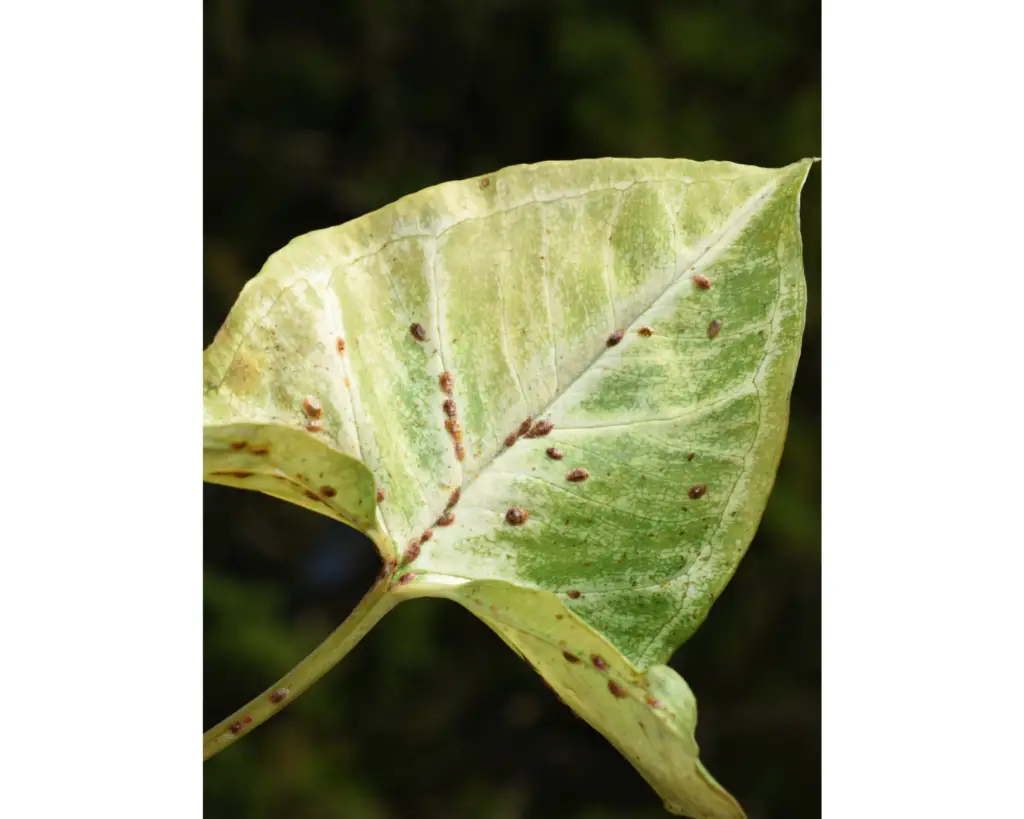
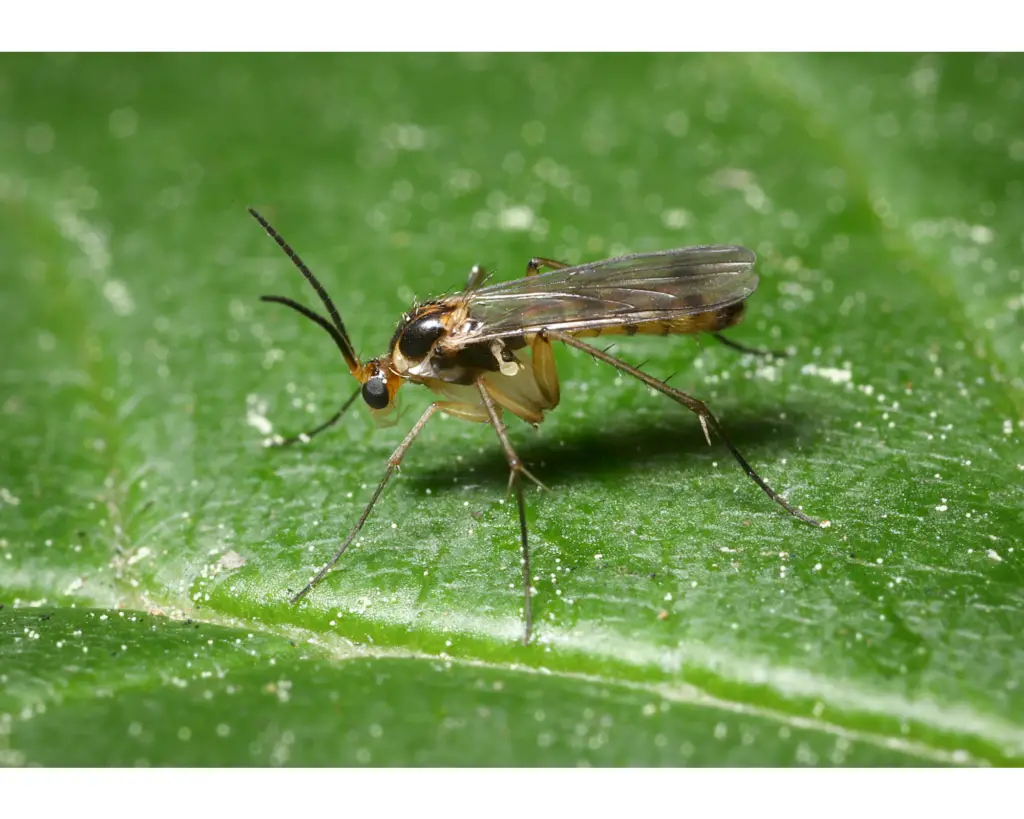
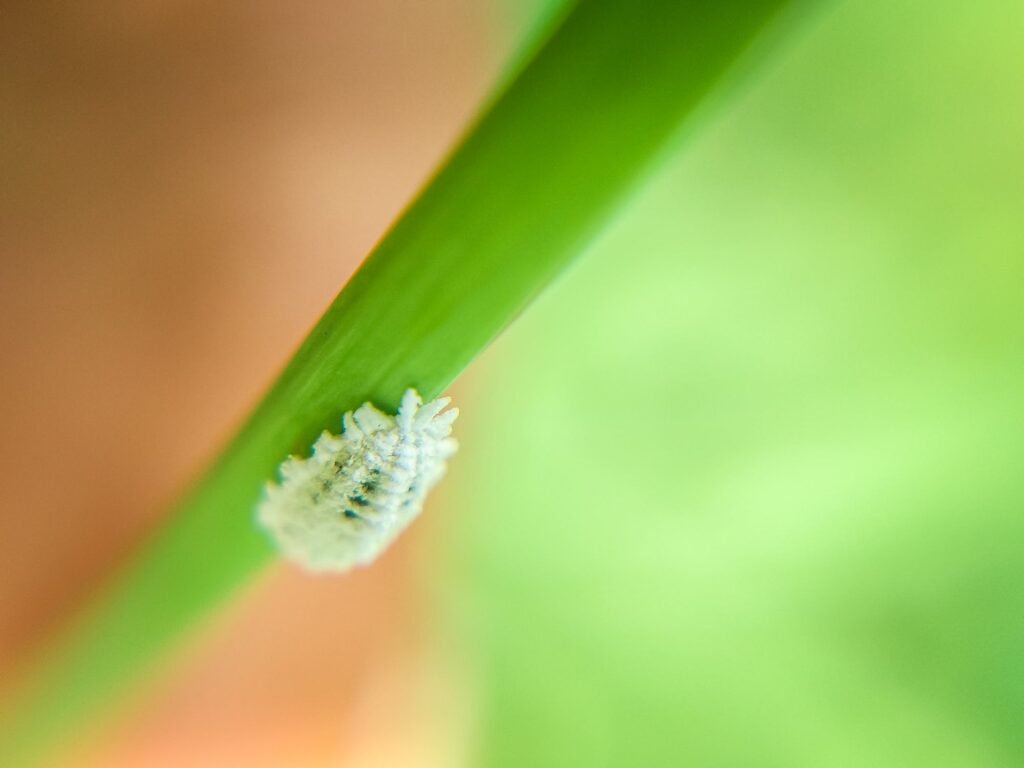
Conclusion
In conclusion, Jade plants are relatively low-maintenance houseplants that can thrive for years if given the right care. While resistant to pests, infestations can still occur if the plant is not properly cared for. Common pests that can affect jade plants include mealybugs, spider mites, scale insects, and fungus gnats. By regularly inspecting your plant and taking preventative measures like quarantining new plants, you can help keep your Jade plant healthy and pest-free. With proper care, your Jade plant can be a beautiful and long-lasting addition to your home or office.
